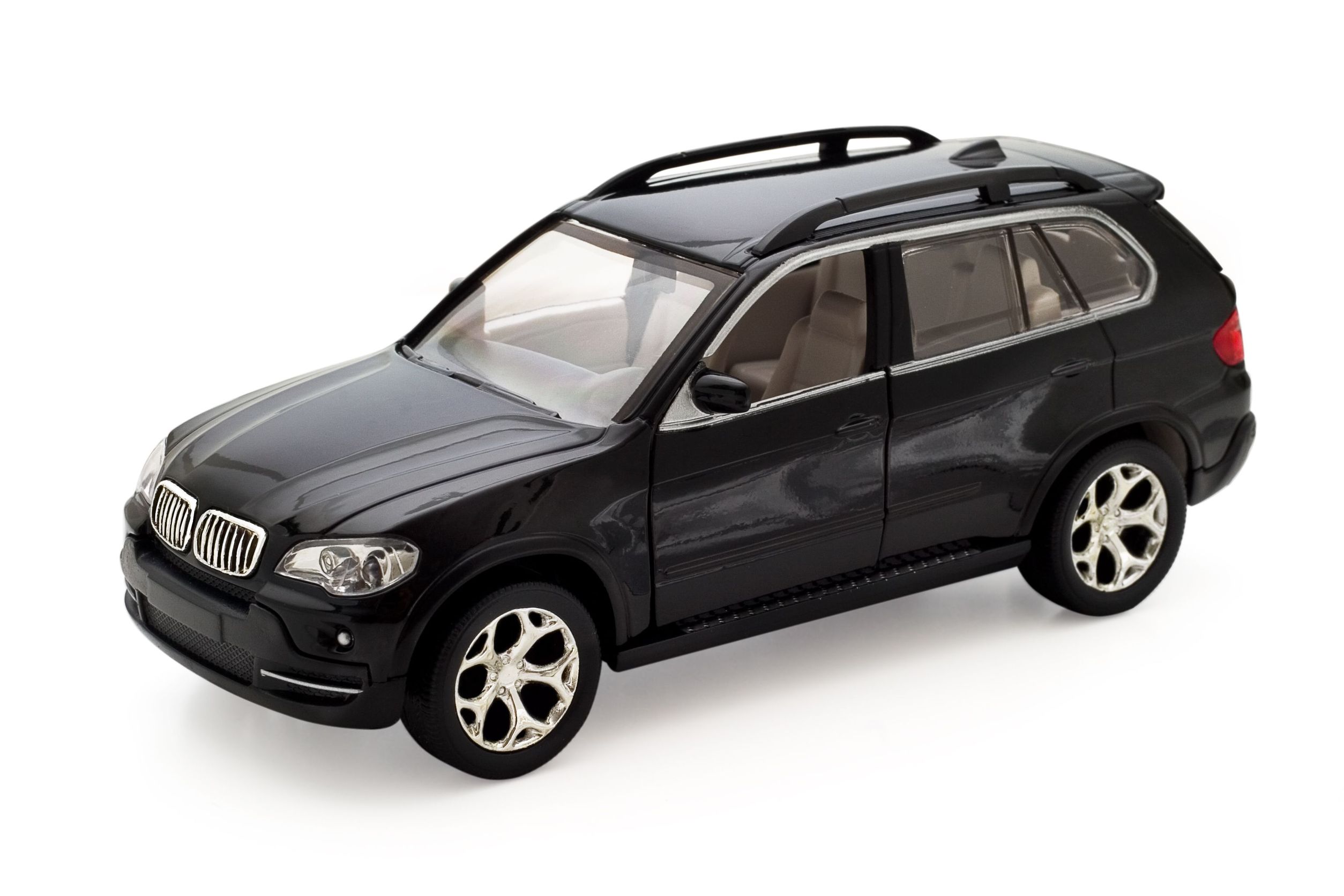In principle and theory, an air conditioner or refrigeration unit does not manufacture cold air. Instead, these types of systems simply transfer the heat from one area to the next, thereby reducing the temperature in a confined space, such as a passenger compartment or a truck cab.
An Ancient Practice and Source
This type of concept dates back to ancient Egypt, when the Egyptians hung damp reeds in their windows. When a warm breeze flowed through the reeds, the moisture would naturally evaporate. When this happened, the heat dissolved and the incoming air was cooled.
This same ancient theory still holds clout today, especially when looking at the use of AC condensers in Ohio. However, in this case a refrigerant is sealed within a network of parts. Therefore, a low boiling point of refrigerant is vital to the operations of an AC system. Unlike water, which boils at 212 degrees Fahrenheit inside these systems, an automotive refrigerant is vaporized at approximately 15 degrees below zero. The boiling point increases when a higher pressure is applied.
How Condensers Work
AC condensers are situated in front of the radiator of an engine, and indeed look similar to a radiator. Just like the radiator, the condenser is made up of several rows of metal fins and passages, each of which provides a broad space of air contact. The transfer of heat is finalized when an adequate flow of air circulates through the grille of a vehicle. The flow is assisted by electric or mechanically-driven cooling fans.
When the refrigerant exits Ohio AC condensers and disburses the heat, the liquid crosses over the firewall and enters the passenger compartment. This is facilitated by the use of an expansion valve. A reduction in pressure reduces the boiling point, which causes the refrigerant to evaporate.
The evaporator is designed much like AC condensers and the engine’s radiator, all of which provides a wide space for the contraction of air and heat absorption. Therefore, the use of an AC condenser today expands on the ancient practice of cooling. The basic rules still apply, even if the modern process sounds much more complex.



